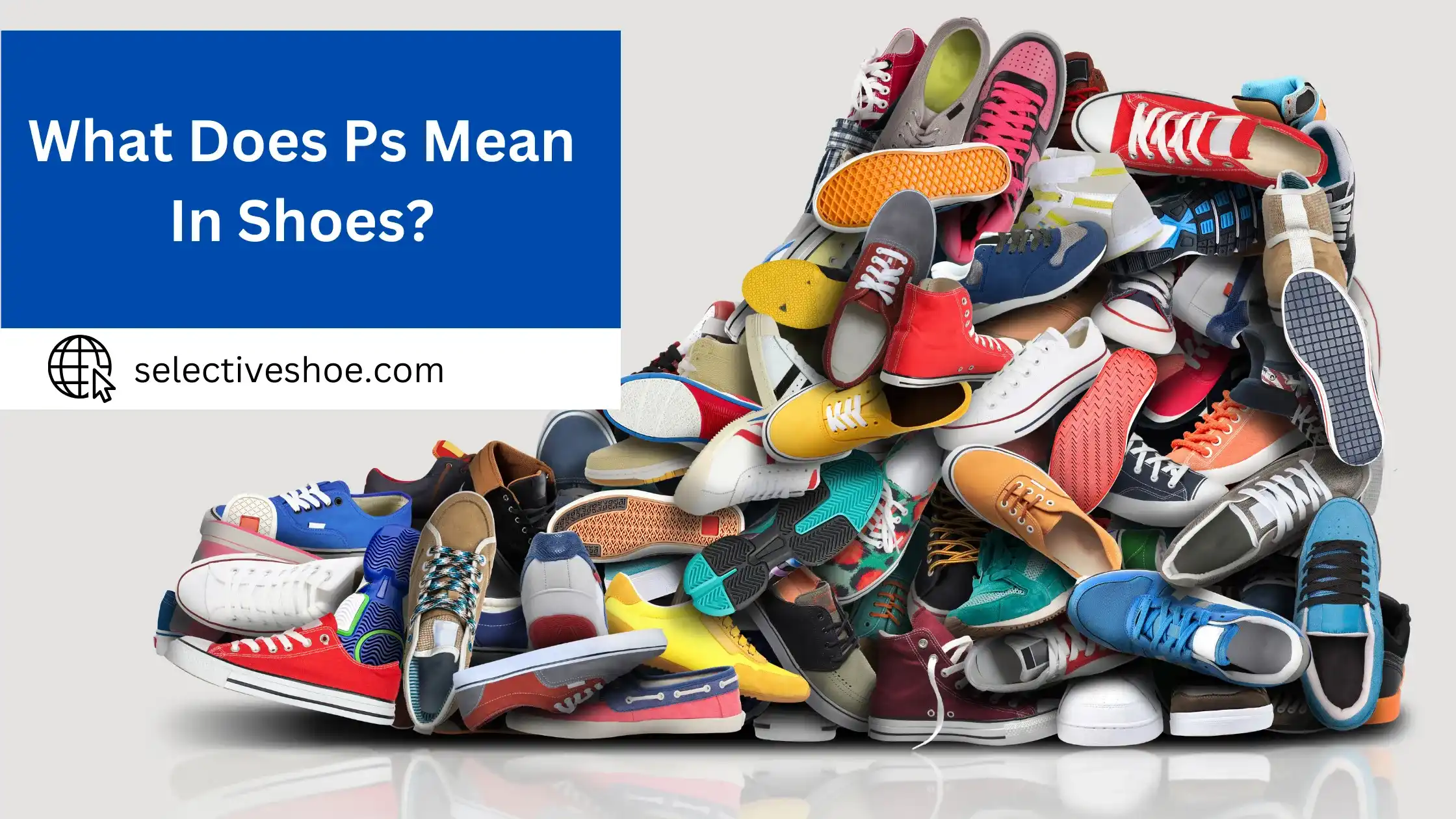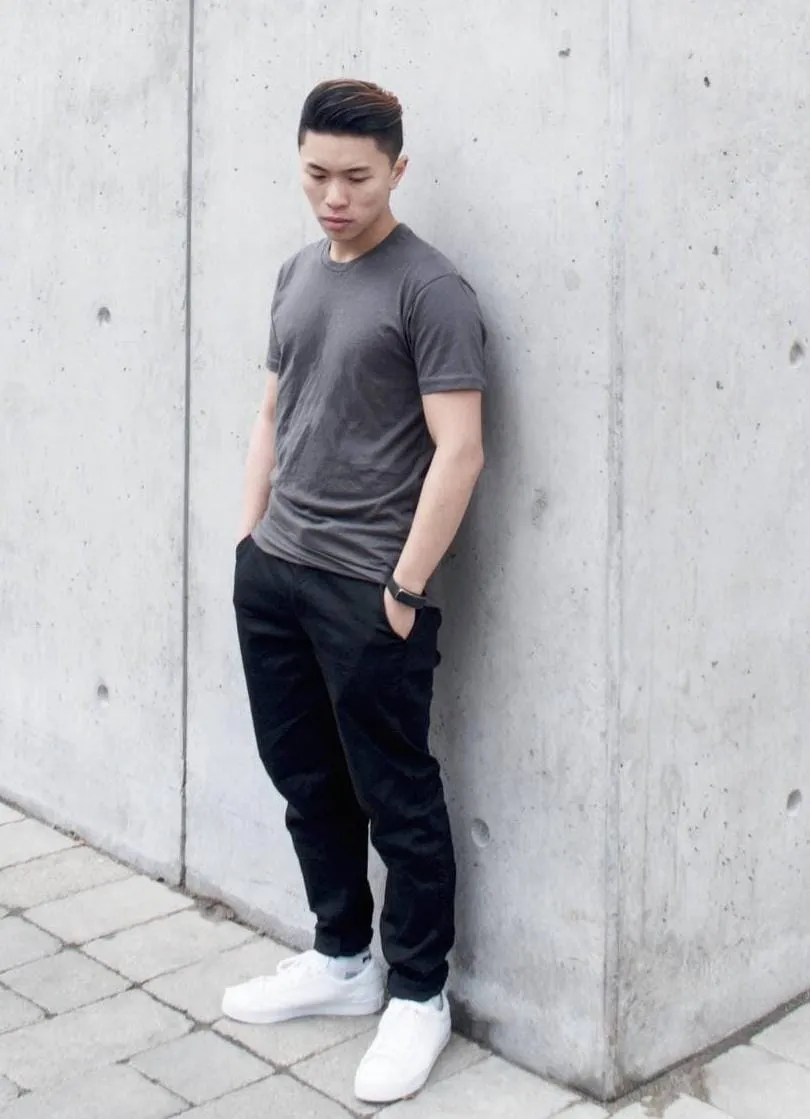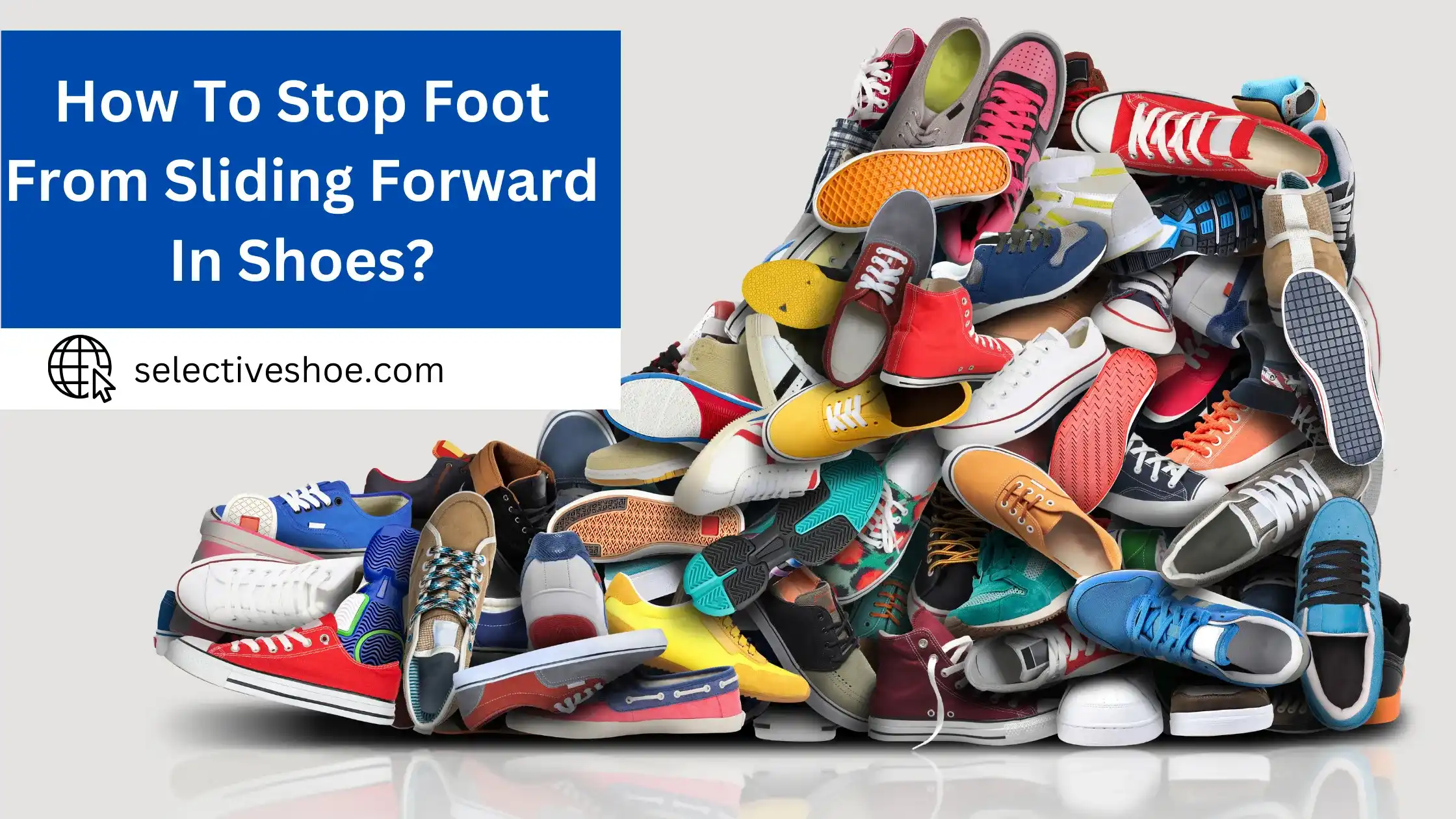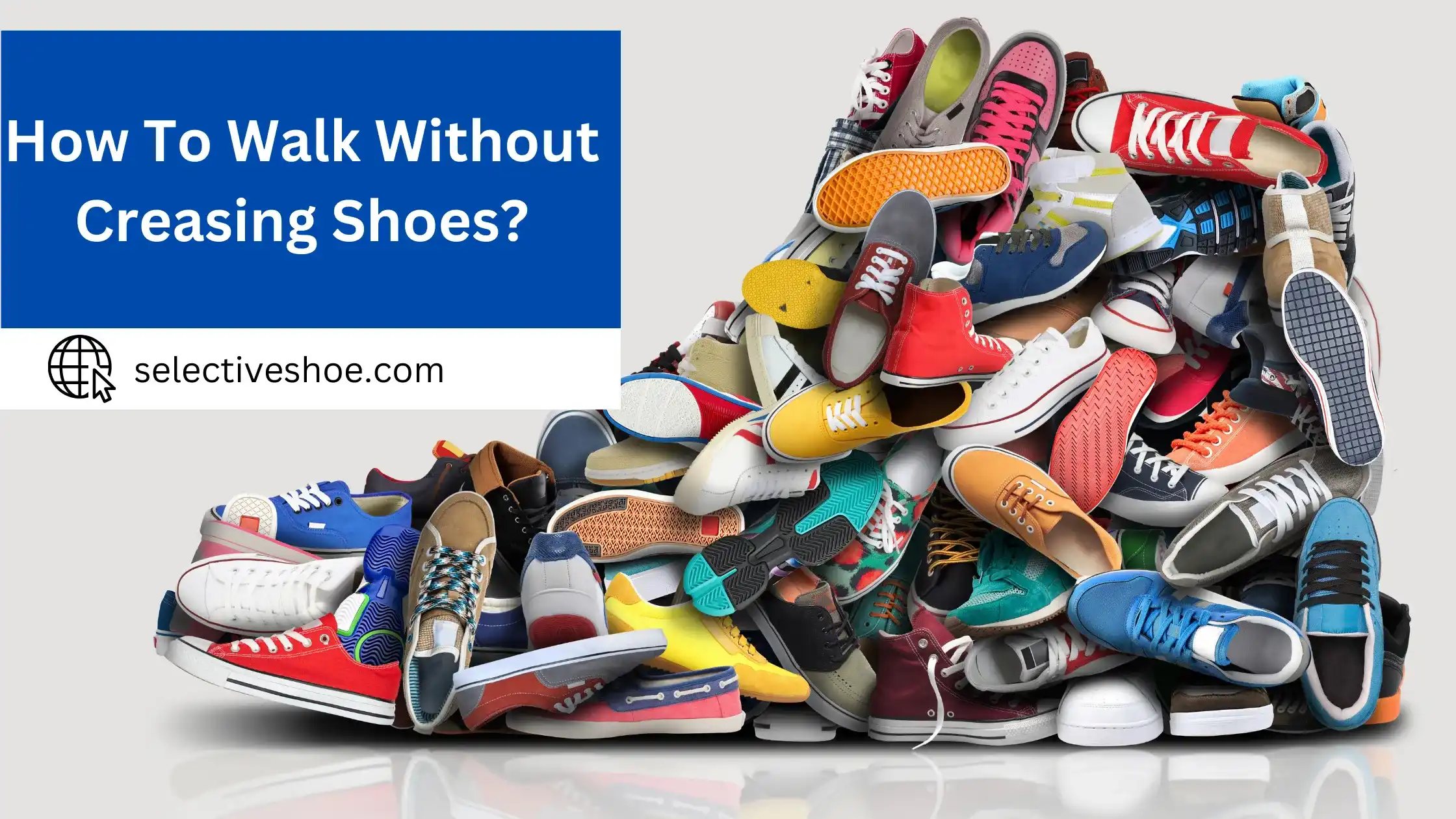If you’re looking to buy a quality pair of shoes, but are confused when it comes across the term “PS”. Don’t worry, you’re not alone! Many people don’t know what this acronym stands for and how it relates to footwear. In fact, there is an entire industry standard that revolves around these three letters.
We’ll give you all the info necessary to make sure your next purchase of PS-rated shoes is right for your feet. From understanding the components of shoe sizing charts and deciphering the meaning behind PS ratings, we’ve got everything covered.
PS is an abbreviation for Preschool, which means that shoes with the word PS on the package are designed specifically for small feet. In terms of size, you may be wondering what measurements comprise the PS size category, and age isn’t always the best guidance.
PS isn’t a size because a three-year-old and a five-year-old rarely utilize the same size. Preschool sizes in the United States range from six and a half to eight and a half inches. Some brands may vary somewhat in size, however this is the most widely accepted range.
Here is a quick size chart for PS-size shoes:
Shoe Size Size in Inches from heel to toe
10.5C From 6.5 inches
11C 6.9 inches
11.5C 7 inches
12C 7.2 inches
12.5C 7.4 inches
13C 7.6 inches
13.5C 7.8 inches
1Y 7.9 inches
1.5Y 8 inches
2Y 8.2 inches
2.5Y 8.3 inches
3Y 8.5 inches
What Are The Essential Tools to Measure Your Child’s Feet?
Having the right shoes is essential for your child’s growth. To make sure you’re getting a pair of shoes that fit properly, it’s important to get an accurate measurement of your child’s feet. Here are the supplies you’ll need to measure their feet correctly:
- A pencil and paper: Writing down the measurements will help you ensure accuracy.
- A measuring tape: This is used to measure the length of your child’s feet in inches or centimeters.
- An inch ruler: This is used to measure the width of your child’s feet, as well as any unevenness there might be.
- A marker: This is used to mark the correct size on the shoe, so you know what size is right for your child.
How Do You Measure Your Child’s Feet To Get The Right Shoes?
By following these steps and making sure you have all the necessary supplies, you can make sure your child’s shoes fit properly and are comfortable!
1. Measuring the Foot Length:
- Place the blank sheet of paper on the flat surface, and flush against the wall. If the paper slides, you might want to tape it to the floor for stability.
- Have your child stand on the paper with their heel against the wall. Make sure they are standing straight and evenly distributing their weight on both feet.
- While your child is standing, use the pencil to mark the tip of their longest toe. You may need to kneel down to get an accurate view.
- It’s common to have one foot slightly larger than the other. Therefore, repeat the process for the other foot.
- Once you’ve marked the furthest points for each foot, remove the paper and measure from the end closest to the wall to the mark you made. Use a ruler or a measuring tape for this. Take note of the measurements in centimeters or inches.
2. Measuring the Foot Width:
- The widest part of the foot is usually across the ball of the foot.
- While your child’s foot is still on the paper, mark the widest parts on each side of the foot. You may need to look carefully to ensure you are marking the widest points.
- Use the ruler or measuring tape to measure the distance between the two width marks. Again, note this down in centimeters or inches.
3. Factoring in the Growth Room:
Add about a 1/2 inch (approximately 1 to 1.5 cm) to the foot length measurement. This extra space allows for room to grow and for the toes to move freely.
4. Consult Size Charts:
Most brands will have a size chart that correlates foot length and width to their specific sizes. Use your child’s foot measurements and consult the brand-specific sizing chart to find the most accurate size. Keep in mind that size conversions can differ among brands.
By following these steps carefully, you’ll have a solid understanding of your child’s shoe size, which will make shopping for new shoes much easier, whether you’re doing it in-store or online.
Conclusion:
As you can see, PS stands for pre-school in the shoe world. Pre-school shoes come in a variety of styles and sizes and can offer support and comfort while your child is still growing. When shopping for the perfect pair of pre-school shoes, it is important to consider which features are most beneficial for your child especially when it comes to fit and support. When shopping for shoes for your children, choose a size that does not chafe, produce blisters, or limit their ability to walk freely. If your child is between the ages of three and five, begin your shoe search in the PS category.







